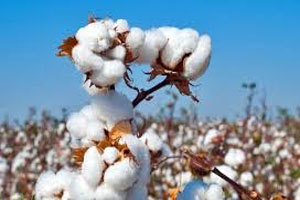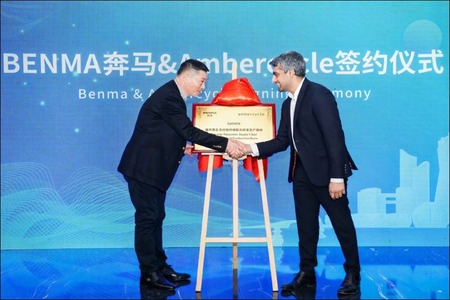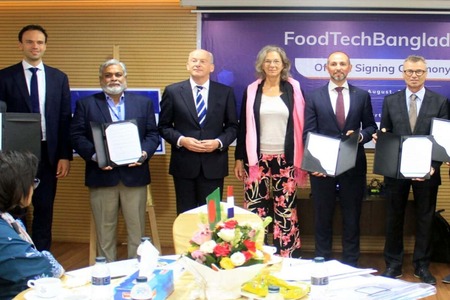
First cotton harvest in Angola will have a symbolic result of 200 tonnes
YarnsandFibers News Bureau 2017-07-07 17:00:00 – LuandaUnder the Angola’s production recovery programme its first cotton harvest in the provinces of Malanje and Kwanza Sul is scheduled for July with a symbolic result of 200 tonnes. Angola’s cotton production, following independence, in 1975 had virtually ceased due to the civil war, which ended in 2002.
The Ministry of Agriculture staffer and coordinator of the cotton production recovery programme, Carlos Canza, said that an area of 242 hectares was planted, and each hectare will produce one ton of seed cotton, which is insufficient to meet the needs of the textile industry in the country.
For the next 2017/2018 crop year, which will require an investment of 530 million kwanzas, 1,500 tonnes of seed cotton are expected to be harvested in those two provinces in February 2018, after planting 30 tonnes of sseds.
Carlos Canza said that it was also expected that a Japanese company would invest in cotton production at the Capanda Agro-industrial Hub (Malanje) in an area of 10,000 hectares.
This project is expected to produce 50,000 tonnes of seed cotton in each agricultural season, around 5 tonnes per hectare, which will help to meet demand from the Angolan textile industry.
Another cotton production project in which US$67 million will be invested in an irrigated perimeter of Kwanza province is a shared financing deal between the governments of Angola and South Korea.
The revitalisation of the cotton value chain began with the reconstruction and modernisation of Angola’s three textile factories, Textangue II (Luanda), Satec (Kwanza Norte) and Africa Têxtil (Benguela), engaged in spinning, weaving and sewing garments, respectively.
Cotton cultivation in Angola dates back to 1926 with production increasing significantly from 1968 reaching 15,000 tonnes, to 31,000 tonnes in 1971 and a peak of 86,000 tonnes in 1973.
Market Intelligence
Ask for free sample Report

experience
Customer Base
dedicated team
Countries Served Worldwide









